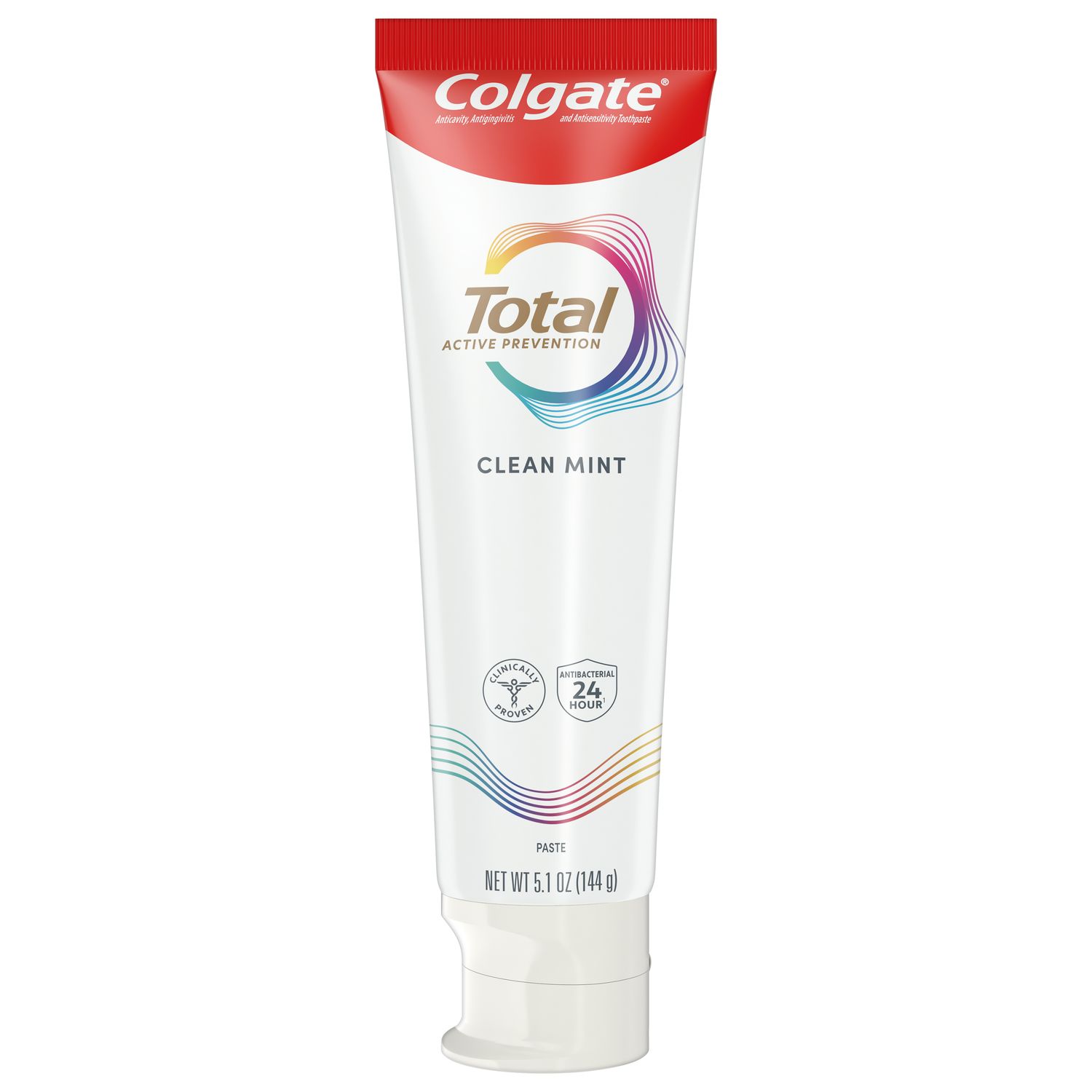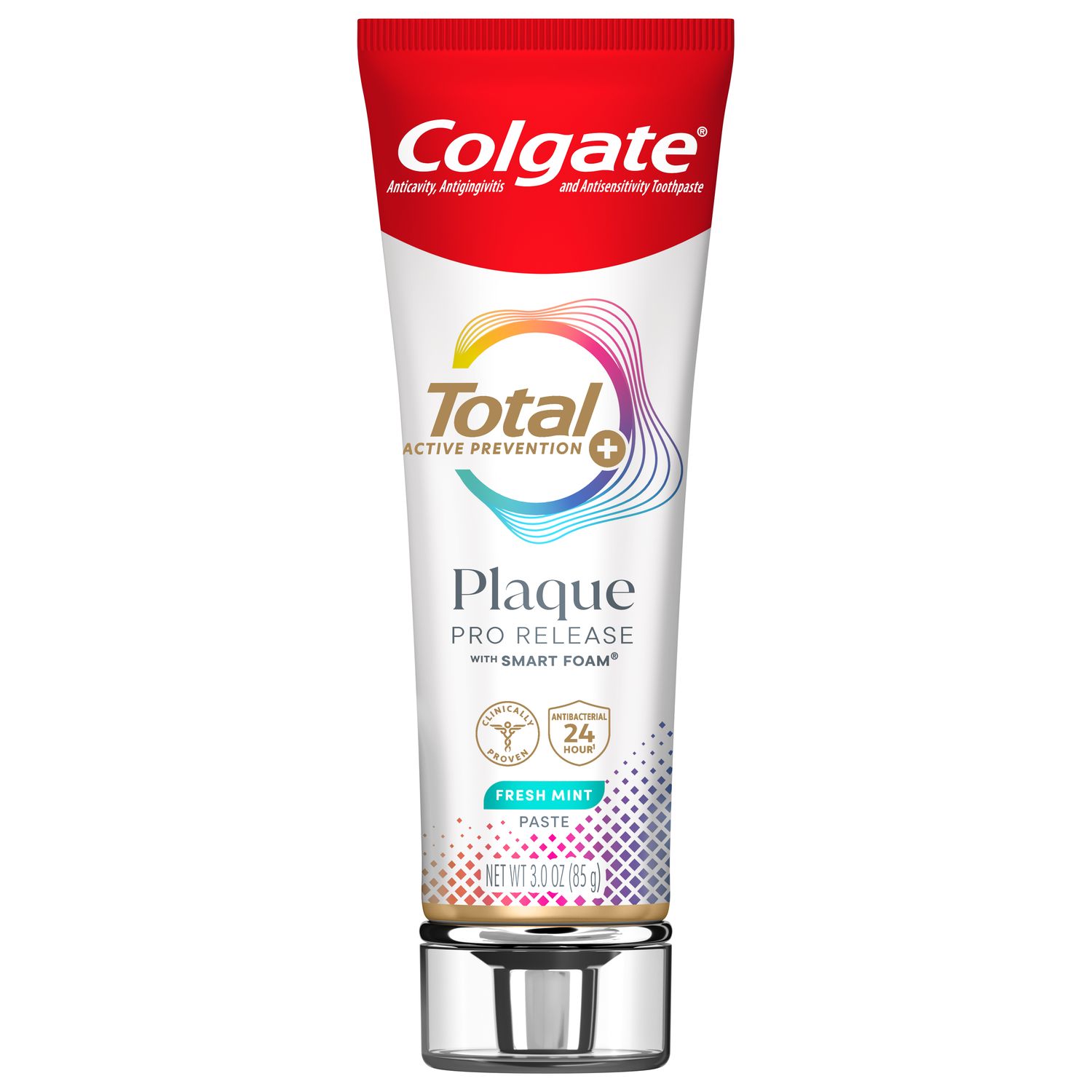
Dental caries is entirely preventable, yet it remains one of the most common non-communicable diseases in children worldwide. The impact is severe and wide-ranging, affecting not just children, but also parents, communities and economies. Why is this, and what can dental students do to help reduce the burden?
Dental caries in context
Caries (both treated and untreated) is estimated to affect 45.8% of U.S. children aged 2-19 years old. In terms of prevalence, other common childhood conditions and diseases pale in comparison:
19.3% of U.S. children are obese
8% suffer from food allergies
7% suffer from asthma
0.25% have diabetes (type 1 or type 2)
When we consider the potential consequences of dental caries, the implications of such a high prevalence are alarming.
The consequences of caries
Dental caries can cause children significant distress, discomfort and pain. In a survey that included 1,800 U.S. parents, Colgate heard how caries can also take a heartbreaking toll on children’s emotional wellbeing. Affected children were reported to feel embarrassed (30%), worried (30%), sad (28%), anxious (24%), and unable to smile freely (27%).
Dental caries can also affect a child’s social and educational development. One fifth of affected children found it difficult to concentrate, and nearly half had missed school due to dental pain or treatment. Thanks to the emotional and physical discomfort of caries, up to a third missed out on childhood experiences like parties, sports, and family events.
The impact of caries extends far beyond the child. The parents of affected children told Colgate they experienced sadness, shame, and feelings of failure because of their children’s oral health. More than half had missed work due to their child’s dental caries, contributing to an estimated $45bn in lost productivity from untreated oral diseases every year in the U.S.
Prevention is key
Prevention is the single most effective way to reduce the physical, emotional, developmental, and economic burden of dental caries. The following steps are key to an effective preventative approach.
1. Promote regular dental check-ups
In its early stages, dental caries is asymptomatic and thus invisible to parents and caregivers. By the time they are alerted to its presence by discoloration, cavitation and/or pain, the disease has already progressed significantly. With regular check-ups, dental professionals can detect caries long before it reaches this point and also perform caries risk assessments to identify at-risk children.
For that reason, students must impress upon parents the value of scheduling those six-monthly visits. Explain that by the time a cavity is visible, it’s too late to reverse the damage, so even the healthiest-looking little teeth need to be checked regularly so that we can keep them that way!
2. Educate parents and caregivers
Parents and caregivers play a major role in the oral hygiene habits and dietary choices of their children. Educate them on exactly how oral hygiene and diet interact with the child’s oral health, why it’s so important to instill good habits, and how to promote and reinforce positive behaviors at home. The following patient-friendly resources may help:
Parent Resources from the American Academy of Pediatric Dentistry
Children’s Dental Health by the Centers for Disease Control and Prevention
Mouth Healthy by the American Dental Association (ADA).
3. Get the kids involved
As we know, children love to know “why?”! Involve them in the discussion, engage their natural curiosity, and explain the reasoning behind healthy habits. Colgate’s Bright Smiles, Bright Futures can help. It’s packed full of fun, educational resources for children and their families, like story books, videos, posters, and coloring sheets. You’ll also find resources for you, your dental colleagues, and your community health partners.
4. Recommend appropriate products
Parents will value your expert opinion on products that can support their children’s oral health, so recommend a fluoride toothpaste to protect against dental caries. Kids love the bubble fruit flavor of Colgate Kids Cavity Protection Toothpaste. Meanwhile, the whole family can benefit from Colgate Total, a multi-benefit toothpaste containing stannous fluoride.
Orthodontic patients are at greater risk of white spot lesions. For added protection, you may wish to recommend daily use of Phos-Flur Rinse (for patients ages six and over). It has been shown to help promote enamel remineralization, strengthen teeth, and reduce white spot lesions.
To make brushing more enjoyable for children, recommend a toothbrush like the Colgate Kids Toothbrush with bright colors and popular characters (available for ages 0-2, 2+ and 5+ years). You can also recommend an app-connected toothbrush like the Colgate hum, which turns brushing into a fun, interactive game that helps to educate the individual and coaches them.
5. Offer extra caries protection as needed
Finally, the ADA supports the use of a 5% sodium fluoride varnish for children of all ages at risk of dental caries, applied two to four times per year according to risk level. Consider Colgate PreviDent Varnish, a 5% sodium fluoride varnish available in a range of kid-friendly flavors.
Join us
Get resources, products and helpful information to give your patients a healthier future.
Join us
Get resources, products and helpful information to give your patients a healthier future.













